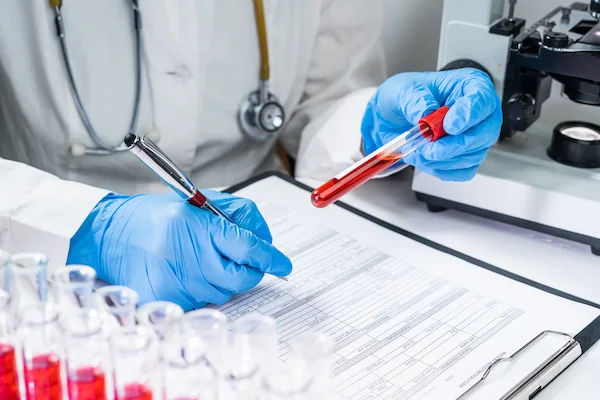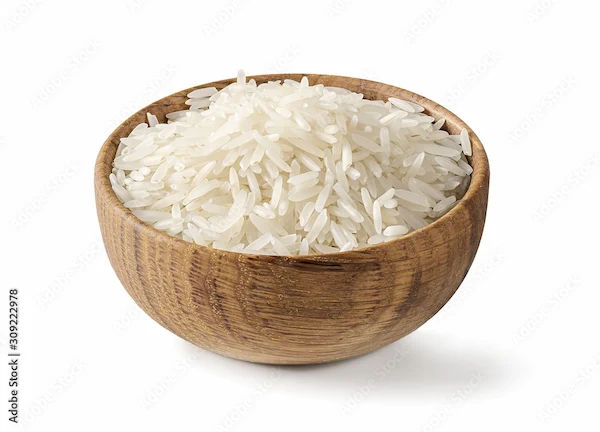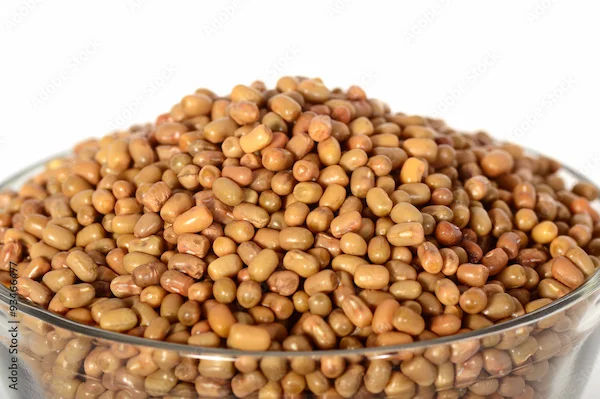Boost Hemoglobin with High-Fiber Foods
Discover how to naturally boost your hemoglobin levels by incorporating delicious high-fiber foods into your diet. Learn which iron-rich, fiber-packed options can improve absorption and support overall red blood cell production for better energy and health.

Written by Dr. Siri Nallapu
Reviewed by Dr. Shaik Abdul Kalam MD (Physician)
Last updated on 27th Jul, 2025

Maintaining healthy hemoglobin levels is essential for overall wellbeing. Hemoglobin is a protein in red blood cells that carries oxygen throughout the body. Low hemoglobin can lead to fatigue, weakness, and even anemia. While ironrich foods are often recommended to improve hemoglobin, did you know that high fiber foods can also play a crucial role?
In this article, we’ll explore how fiberrich foods can help boost hemoglobin, what foods to include in your diet, and simple lifestyle tips to keep your blood healthy.
Why is Hemoglobin Important?
Hemoglobin is responsible for transporting oxygen from the lungs to all parts of the body. When hemoglobin levels drop, your body doesn’t get enough oxygen, leading to:
Fatigue and weakness
Shortness of breath
Pale skin
Dizziness
Poor concentration
A balanced diet rich in iron, vitamins (especially B12 and folate), and fiber can help maintain healthy hemoglobin levels.
How Does Fiber Help with Hemoglobin?
Fiber is mostly known for aiding digestion, but it also plays a role in hemoglobin production by:
1. Improving Gut Health – A healthy gut absorbs nutrients like iron more efficiently.
2. Preventing Iron Deficiency – Some high fiber foods (like lentils and beans) are also rich in iron.
3. Balancing Blood Sugar – Stable blood sugar levels help in better nutrient absorption.
However, too much fiber can interfere with iron absorption, so moderation is key.
Top High-Fiber Foods to Boost Hemoglobin
Here are some fiber rich foods that also support hemoglobin production:
1. Lentils & Beans
High in: Iron, fiber, folate, and protein.
Examples: Chickpeas, kidney beans, black beans, and lentils.
How to eat: Add to soups, salads, or make dal (lentil curry).
2. Whole Grains
High in: Fiber, iron, and B vitamins.
Examples: Quinoa, oats, brown rice, and whole wheat.
How to eat: Replace refined grains with whole grains in meals.
3. Leafy Greens
High in: Iron, folate, and fiber.
Examples: Spinach, kale, beet greens, and moringa leaves.
How to eat: Steam, sauté, or blend into smoothies.
4. Nuts & Seeds
High in: Iron, fiber, and healthy fats.
Examples: Almonds, pumpkin seeds, flaxseeds, and sesame seeds.
How to eat: Snack on a handful or sprinkle on yogurt.
5. Fruits (Dried & Fresh)
High in: Fiber, vitamin C (helps iron absorption), and natural sugars.
Examples: Dates, figs, pomegranates, apples, and bananas.
How to eat: Eat as snacks or add to breakfast bowls.
Consult Top Physician
Tips to Maximize Iron Absorption
While eating high fiber foods, follow these tips to ensure better iron absorption:
Pair with Vitamin C – Citrus fruits, tomatoes, and bell peppers enhance iron absorption.
Avoid Tea/Coffee with Meals – Tannins in tea/coffee can block iron absorption.
Cook in Iron Pots – Cooking in cast iron pans can increase iron content in food.
Moderate Fiber Intake – Too much fiber can reduce iron absorption, so balance is key.
Lifestyle Changes for Healthy Hemoglobin
Besides diet, small lifestyle adjustments can help:
Stay Hydrated – Water helps in blood circulation.
Exercise Regularly – Moderate exercise boosts oxygen flow.
Get Enough Sleep – Rest supports red blood cell production.
Manage Stress – Chronic stress can affect nutrient absorption.
When to See a Doctor?
If you experience persistent symptoms like extreme fatigue, dizziness, or pale skin, consult a doctor. A simple blood test can check your hemoglobin levels.
Need a hemoglobin test or expert advice?
You can easily book a consultation or lab test on Apollo 24|7 for quick and reliable results.
Final Thoughts
Boosting hemoglobin isn’t just about iron—fiberrich foods play a supportive role too! By including lentils, whole grains, nuts, and greens in your diet, you can improve digestion and hemoglobin levels naturally.
Remember, balance is key. Eat a varied diet, stay active, and monitor your health regularly. If needed, seek medical advice to ensure optimal hemoglobin levels.
Consult Top Physician
Consult Top Physician

Dr. D Bhanu Prakash
General Practitioner
10 Years • MBBS, AFIH, Advanced certificate in critical care medicine, Fellowship in critical care medicine
Hyderabad
Apollo 24|7 Clinic, Hyderabad

Dr. Shaik Abdul Kalam
General Practitioner
3 Years • MD (Physician)
Visakhapatnam
Apollo 24|7 Clinic - Andhra Pradesh, Visakhapatnam
(100+ Patients)

Dr Summaiya Banu
General Practitioner
8 Years • MBBS
Hyderabad
Apollo 24|7 Clinic, Hyderabad
(150+ Patients)

Dr. Immanuel Raj
General Practitioner
8 Years • MBBS. MBA (HHSM)
Visakhapatnam
Apollo 24|7 Clinic - Andhra Pradesh, Visakhapatnam

Dr. Syed Yaseen Ahmed
General Practitioner
7 Years • MBBS
Hyderabad
Apollo 24|7 Clinic, Hyderabad




